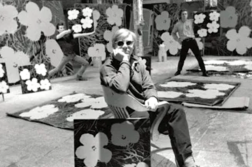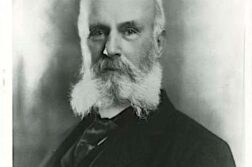TO COMBAT HOMOPHOBIA, it is crucial that we first understand it. We often talk about homophobia as if it were a monolith, requiring just one set of solutions. In truth, this phenomenon comes in several varieties that are linked by a web of overlapping motivations, theories, religious doctrines, political calculations, and psychological issues. Its roots are as complex and diverse as homophobia is itself multifarious. The reality of this social disease necessitates that we carefully diagnose it so we can calibrate our responses and tailor our educational campaigns.
Traditional Homophobia
Most homophobia is traditional in the sense that it refers to tradition to justify anti-gay discrimination, as in the formula: “marriage has always been between a man and a woman.” It is also institutionalized in that it’s a learned habit, reinforced by socialization and cultural messages (for us, in the mass media). Traditionalism is by its nature resistant to change.
This kind of mental imprinting is difficult to overcome, particularly with older demographics. Negative attitudes learned from childhood are reinforced by a genuine ignorance, a lack of exposure to actual gay and lesbian people that could neutralize these messages. Such people are hard-pressed to break out of a paradigm that defines gay people as radically other. Their views are based on stigmatizing stereotypes, such as the notion that gay people live a depraved “lifestyle” or that they’re seeking unfair advantages or “special rights.”






